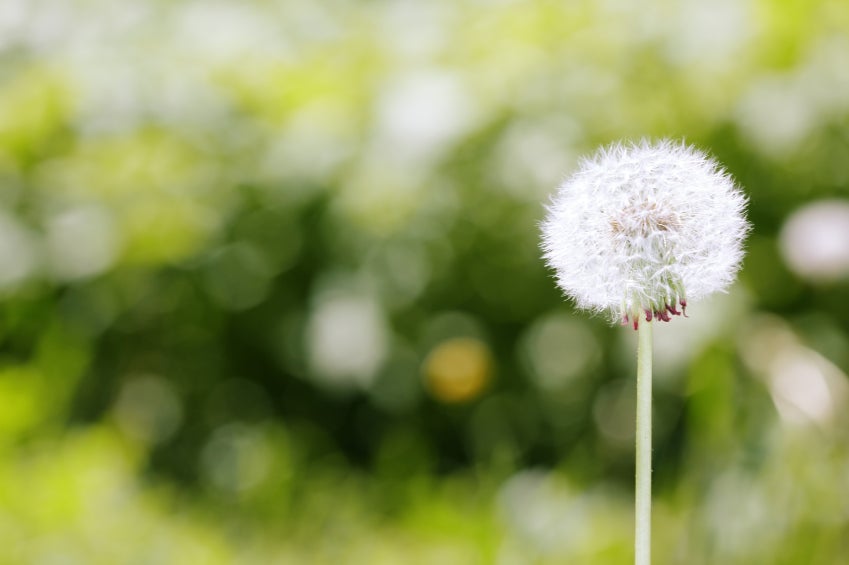
Two days ago snow was on the ground and now we are within two weeks of the official start to spring. When trees start to bloom and new life begins to sprout, allergy season will be close behind. If spring is your season for wheezing and sneezing, you’re not alone. Seasonal allergies affect 60 million Americans. To help gear up, health care providers recommend refilling those allergy medications now. Additionally, here are some survival strategies to help you through allergy season.
Don’t Sniffle in Silence
While allergies and allergy-induced asthma don’t have cures, you can manage the symptoms.
• Assign yard work to a nonallergic family member. If you must mow, wear a mask.
• Stay in air-conditioned buildings when pollen counts are high. Find pollen reports for your area at the National Allergy Bureau website, www.aaaai.org/nab.
• Take over-the-counter medicines, such as antihistamines, decongestants and nasal sprays. Ask the pharmacist what side effects to expect and which medicines you should avoid depending on your medical conditions. If you have heart disease, talk to your cardiologist about what medications are safe for you. Here is more information from Oklahoma Heart Institute.
If these steps don’t help, talk with your doctor or consider seeing a Utica Park Clinic Ear, Nose & Throat physician. Also seek medical care if you have new or severe breathing problems, such as wheezing or chest tightness. Your doctor may suggest prescription medicines or immunotherapy shots, which reduce your body’s reaction to allergens over time.
Spring Cleaning to Clear Out Asthma Triggers
Spring cleaning is a great way to freshen up your home after a long winter indoors. It can also help cut down on asthma triggers. By clearing out dust mites and mold, you’ll reduce common triggers for allergic asthma.
Dust Off Mites
To combat dust mites:
• Use a damp rag or mop for cleaning. A dry cloth, mop, or broom just stirs up dust mite allergens.
• Choose a vacuum cleaner with a HEPA filter or double-layered microfilter bag, which helps trap allergens that are sucked up.
• Wear a dust mask while vacuuming. Then leave the area for 20 minutes to give dust mite allergens time to settle out of the air.
• Have your heating or ventilation ducts and filters serviced and cleaned regularly.
Wipe Out Mold
To fight indoor mold:
• Scrub mold off hard surfaces with fragrance-free detergent and water.
• Avoid using chlorine bleach to kill the mold. Dead mold can still cause allergic reactions.
• Wear an N-95 respirator, sold at many hardware stores, to protect yourself from breathing in mold spores during the cleanup.
• Open the windows to improve ventilation and reduce humidity. These contribute to both mold and dust mite presence.
Carefully Consider Cleaning Products
The odors and fumes from some cleaning products can irritate your airways, making asthma worse. And chemicals from these products can hang around in the air for 20 minutes or more if used in a small, unventilated room.
To reduce your exposure to irritants in cleaning products:
- Open a window or run an exhaust fan while cleaning.
- Stay out of the room for at least 20 minutes afterward.
- Consider making your own cleaning solution. The American Academy of Allergy, Asthma, and Immunology recommends mixing 2 cups very hot water, 2 cups vinegar, 2 cups borax, and ½ cup salt. Apply and let sit for half an hour. Then reapply, scrub with a soft brush, and rinse with water.
